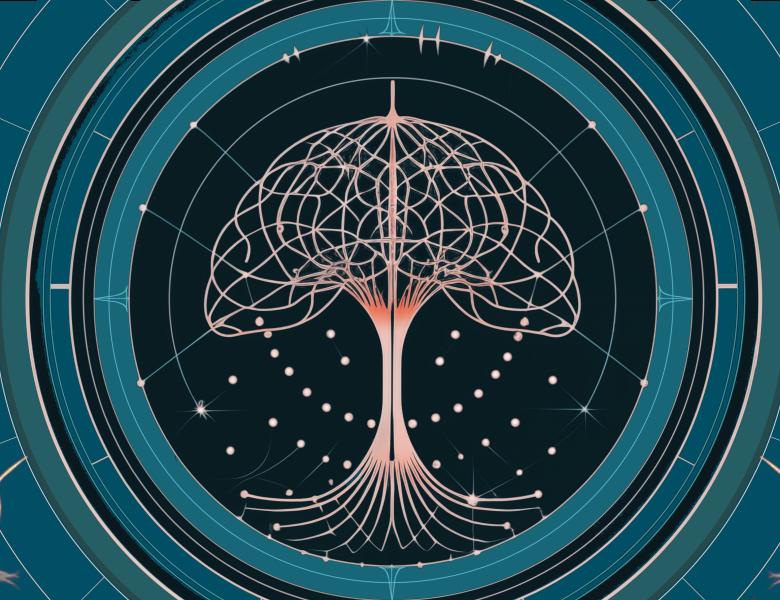
For a square matrix A, the resolvent of A at a point z ∈ C that is not an eigenvalue of A is defined as (A − zI)^{-1}. The nearest (in 2-norm) rank one matrix to (A − zI)^{-1} is σ1(z)u1(z)v1(z)*, where σ1(z) is the largest singular value and u1(z) and v1(z) are the corresponding left and right singular vectors. The distance (in 2-norm) from (A − zI)^{-1} to this rank one matrix is σ2(z), the second largest singular value of (A − zI)^{-1}, and one might define the relative distance between the resolvent and this rank one approximation as σ2(z)/σ1(z). For a given eps ∈ (0, 1), we study the set S(A) := {z ∈ C : σ2(z)/σ1(z) < eps }. Recall that the 2-norm -pseudospectrum of A can be defined as Λ(A) := {z ∈ C : 1/σ1(z) < eps }.
We derive a relationship between S(A) and Λ(A), and we also derive specific results about S(A) for Jordan blocks and for large banded Toeplitz matrices. Additionally, we derive disks and other regions about the eigenvalues of A that are contained in S(A) and in Λ(A). A number of applications and open problems are discussed.
This seminar is part of the Recent Progress and Open Directions in Matrix Computations series.
All scheduled dates:
Upcoming
Past
No Past activities yet


